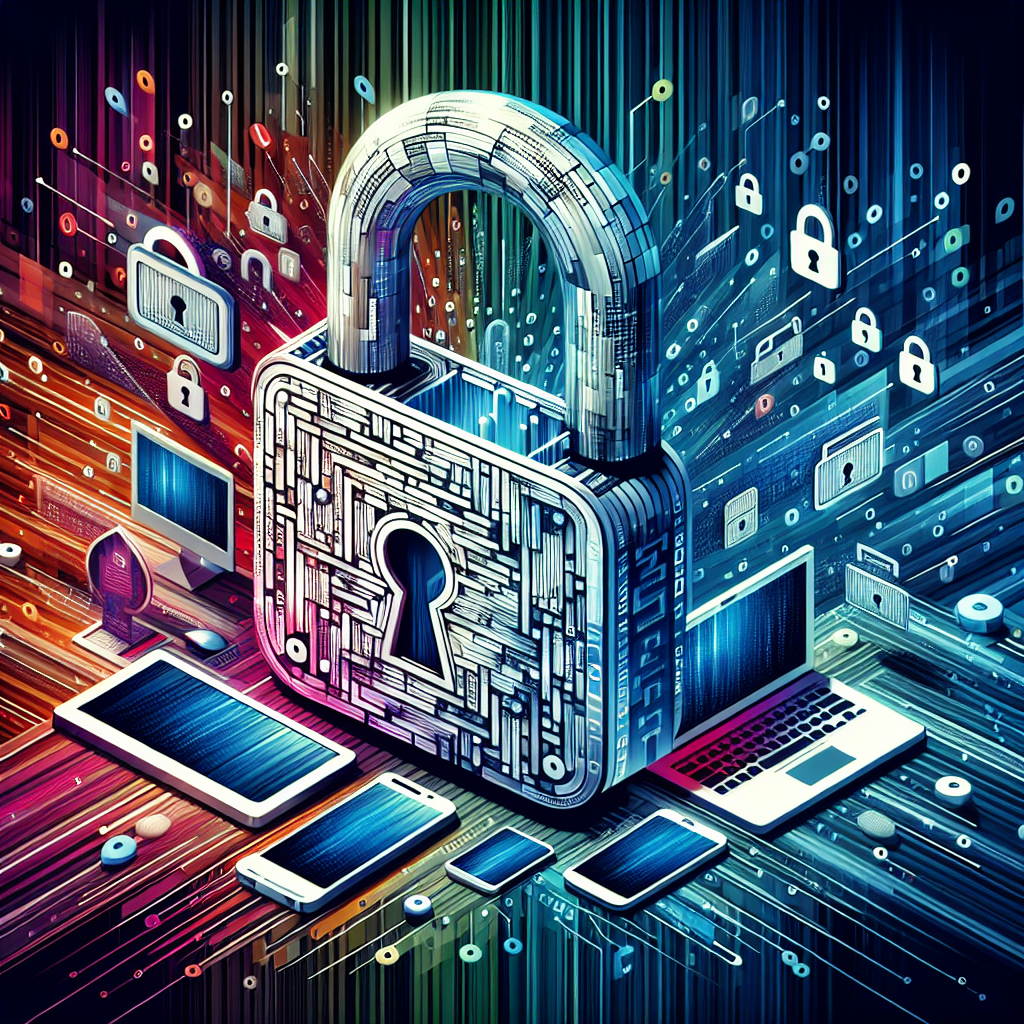In an age where digital communication and online transactions have become the norm, protecting your online accounts is more crucial than ever. One of the most important aspects of your cybersecurity is password management. With the increasing number of data breaches and identity theft incidents, it’s vital to understand the best practices for creating, storing, and managing passwords effectively. This article delves into the significance of password management and offers best practices to help you keep your accounts secure.
Understanding the Importance of Passwords
Passwords serve as the gatekeepers to your digital life, giving access to personal information, financial accounts, social media profiles, and more. A compromised password can lead to unauthorized transactions, identity theft, or even a complete takeover of your online accounts. According to a report from the 2021 Cybersecurity and Infrastructure Security Agency (CISA), over 80% of data breaches can be traced back to weak or stolen passwords. Thus, understanding the importance of robust password management is essential for anyone using the internet.
Best Practices for Password Management
1. Use Strong, Unique Passwords
The first step in effective password management is creating strong and unique passwords for each of your accounts. A strong password should:
- Be at least 12-16 characters long: Longer passwords are generally harder to crack.
- Include a mix of characters: Use uppercase and lowercase letters, numbers, and special characters.
- Avoid easily guessable information: Do not use birthdays, names, or common phrases that can be associated with you.
For example, instead of using “Password123,” a strong alternative would be “G7#p2!Mc9XydWq@”.
2. Implement Two-Factor Authentication (2FA)
Two-factor authentication adds an additional layer of security beyond just your password. It typically involves something you know (your password) and something you have (like a mobile phone for receiving a code). Even if a hacker manages to get hold of your password, they won’t be able to access your account without the second factor. Many services now offer 2FA, and it’s worth taking advantage of wherever possible.
3. Utilize a Password Manager
Given the multitude of accounts most people manage, remembering unique passwords can be daunting. This is where password managers come into play. These applications securely store and encrypt your passwords, allowing you to use unique passwords without the need to remember them all.
Some recommended password managers include:
- LastPass
- 1Password
- Dashlane
- Keeper
A password manager can also generate strong passwords, ensuring that your accounts remain secure without excessive cognitive load.
4. Regularly Update Your Passwords
Change your passwords regularly to minimize the risk of compromised accounts. If you suspect a security breach or notice unusual account activity, immediately change your passwords. Some experts recommend changing passwords every three to six months, although this may vary depending on the sensitivity of the account.
5. Avoid Reusing Passwords
While it may be tempting to use the same password across multiple accounts for convenience, this practice is highly discouraged. If one account is compromised, it can put all your other accounts at risk if they share the same password. Use unique passwords for every account you create.
6. Be Cautious with Security Questions
Many services use security questions as an added layer of protection or as a way to recover your password. However, often the answers to these questions can be easily guessed or found on social media. If possible, treat security questions as additional passwords. Make your answers random and complex, or opt-out of security questions if allowed.
7. Educate Yourself About Phishing Attacks
Even the best password practices can be undermined by phishing attacks. These attacks lure users into providing their personal information, including passwords. Be cautious of emails, texts, or phone calls that ask for your credentials or direct you to unfamiliar websites. Always verify the authenticity of the source before entering any sensitive information.
8. Monitor Your Accounts
Regularly review your financial and online accounts for any unauthorized transactions or changes. Many services offer monitoring tools that can alert you to suspicious activity. If you notice anything unusual, take immediate action to secure your accounts and report the activity.
9. Use a Backup Method
To avoid being locked out of your accounts, have a backup method in place. This could be a recovery email, backup phone number, or printout of your recovery codes. Ensuring you have access to at least one alternative recovery method can save you from potential headaches.
10. Secure Your Devices
The security of your passwords doesn’t just depend on how you manage them; it also hinges on the protection of the devices you use.
- Keep your operating systems, browsers, and software updated: Regular updates often include patches for security vulnerabilities.
- Use antivirus software: This helps protect against malware designed to steal your credentials.
- Be cautious when connecting to public Wi-Fi: Use a VPN when accessing sensitive information on public networks.
Conclusion
Password management is a fundamental component of digital security that often goes overlooked. By following these best practices—creating strong unique passwords, implementing two-factor authentication, using a password manager, and being vigilant about phishing attacks—you can significantly bolster your account security and protect your personal information. Remember, in the digital world, your passwords are your first line of defense, so treat them with the respect they deserve.
Frequently Asked Questions (FAQs)
1. What is a password manager, and how does it work?
A password manager is a tool that stores and encrypts your passwords, allowing you to create and manage unique passwords for all your accounts. When you need to log in, the password manager fills in your credentials, making the process more straightforward and secure.
2. How do I choose a strong password?
A strong password should be at least 12-16 characters long, contain a mix of uppercase and lowercase letters, numbers, and special characters, and avoid common phrases or easily guessable information.
3. Is two-factor authentication necessary?
While not strictly necessary, two-factor authentication provides an additional layer of security, making it much harder for unauthorized users to access your accounts, even if they have your password.
4. How often should I change my passwords?
Experts recommend changing your passwords every three to six months, or immediately if you suspect a security breach.
5. Can I use the same password for multiple accounts?
It is highly discouraged to reuse passwords across multiple accounts. If one account is compromised, all your other accounts are at risk. Always opt for unique passwords for each service.


